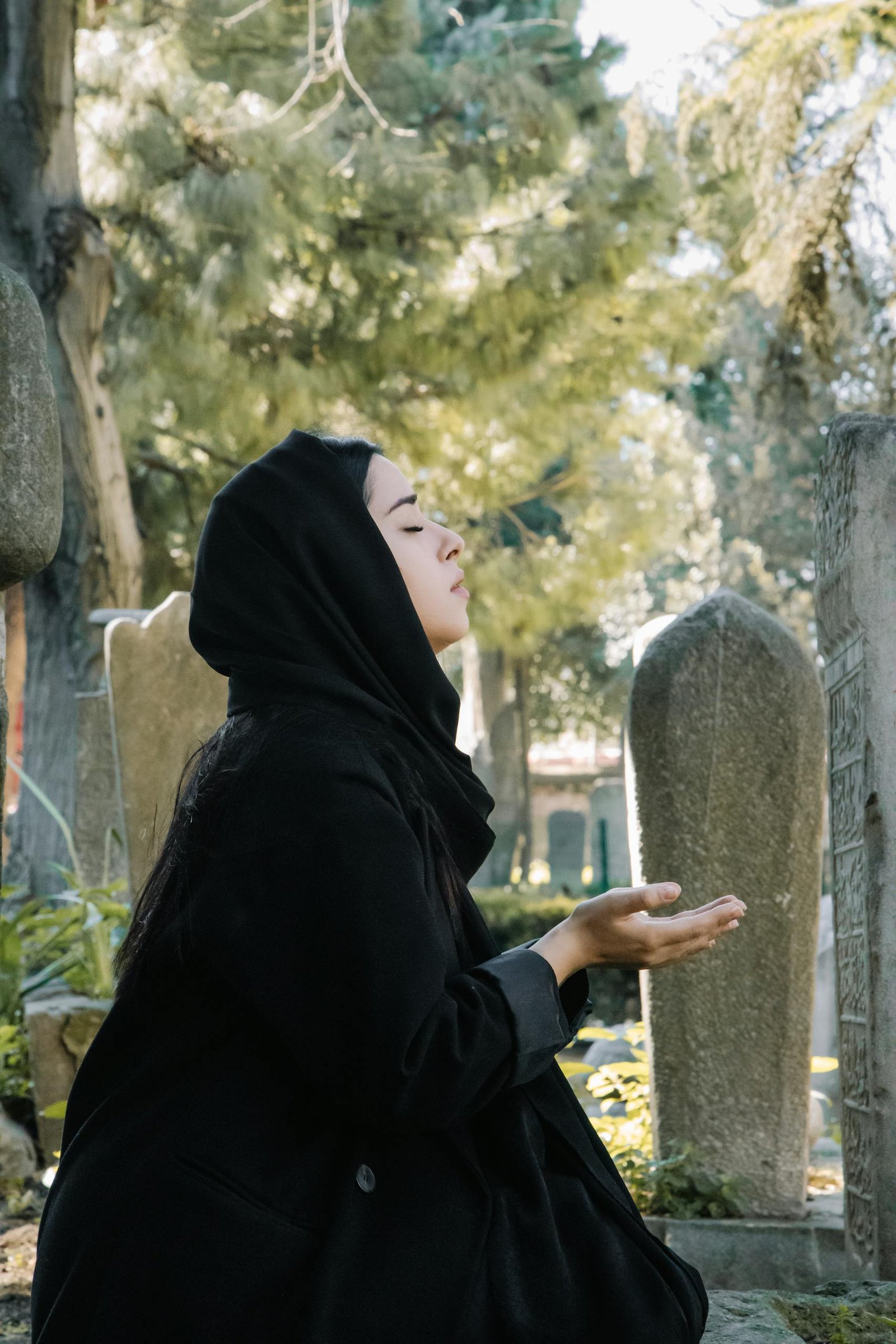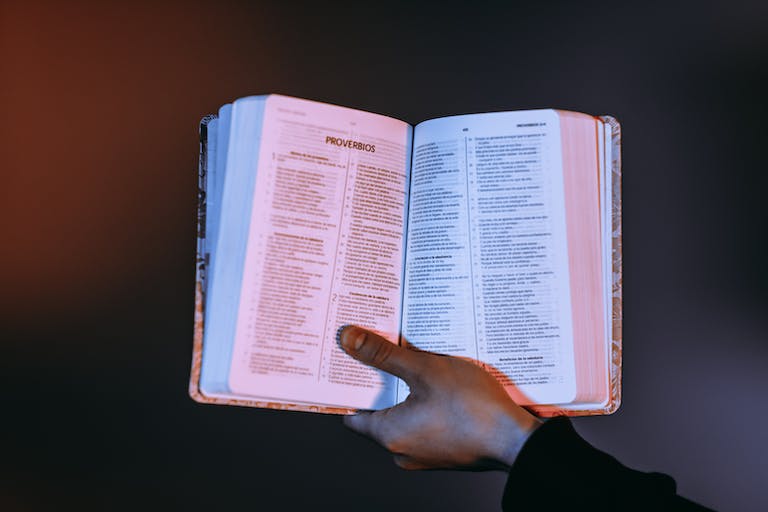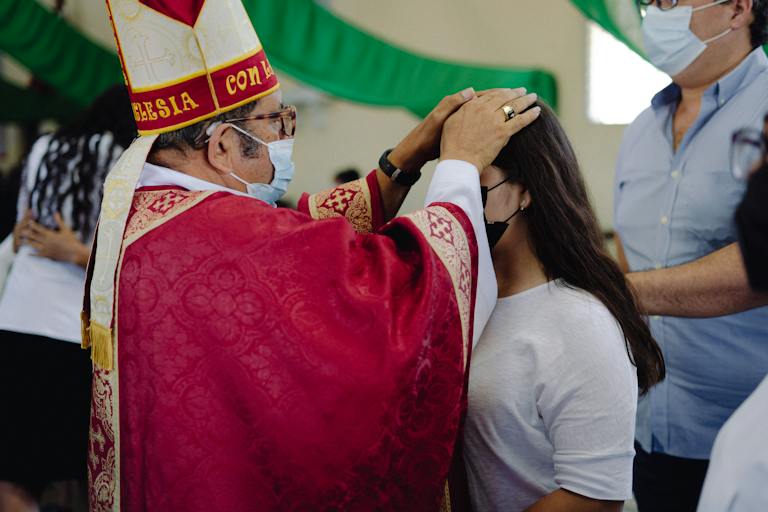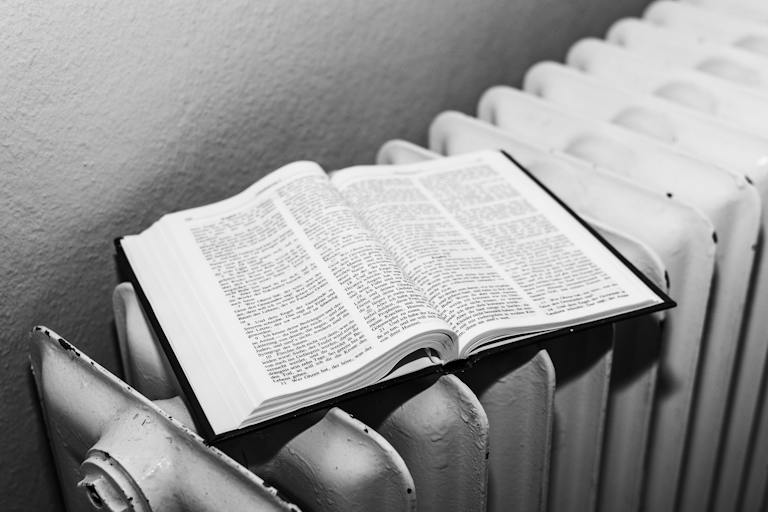The Power and Beauty of the Hail Mary Prayer
The Hail Mary is one of the most beloved and recited prayers in the Catholic faith. As a pastor, I am often asked about the meaning and importance of this prayer by parishioners and non-Catholics alike.
In this post, I hope to provide a comprehensive overview of the Hail Mary, from its origins to its current place in Catholic spirituality.
What is the Hail Mary Prayer?
“Hail Mary, full of grace, the Lord is with thee; blessed art thou among women, and blessed is the fruit of thy womb, Jesus. Holy Mary, Mother of God, pray for us sinners now and at the hour of our death. Amen.”
The Hail Mary is a traditional Catholic prayer asking Mary, the mother of Jesus, to intercede on behalf of the prayer and all sinners. It has two main parts:
First, the prayer begins with the Angel Gabriel’s greeting to Mary at the Annunciation, when he announced that she would conceive and bear the Son of God (Luke 1:28). The next lines repeat Elizabeth’s greeting to Mary at the visitation, when Mary visited her cousin soon after the announcement (Luke 1:42).
Second, the prayer asks Mary to “pray for us sinners now and at the hour of our death.” This request for intercession and invocation of Mary as a spiritual mother for all believers has roots dating back to the early Church Fathers.
Over the centuries, the Hail Mary has become one of the most familiar and beloved prayers due to its simplicity, beauty, and expression of key Catholic beliefs about the Virgin Mary’s special role in salvation history.
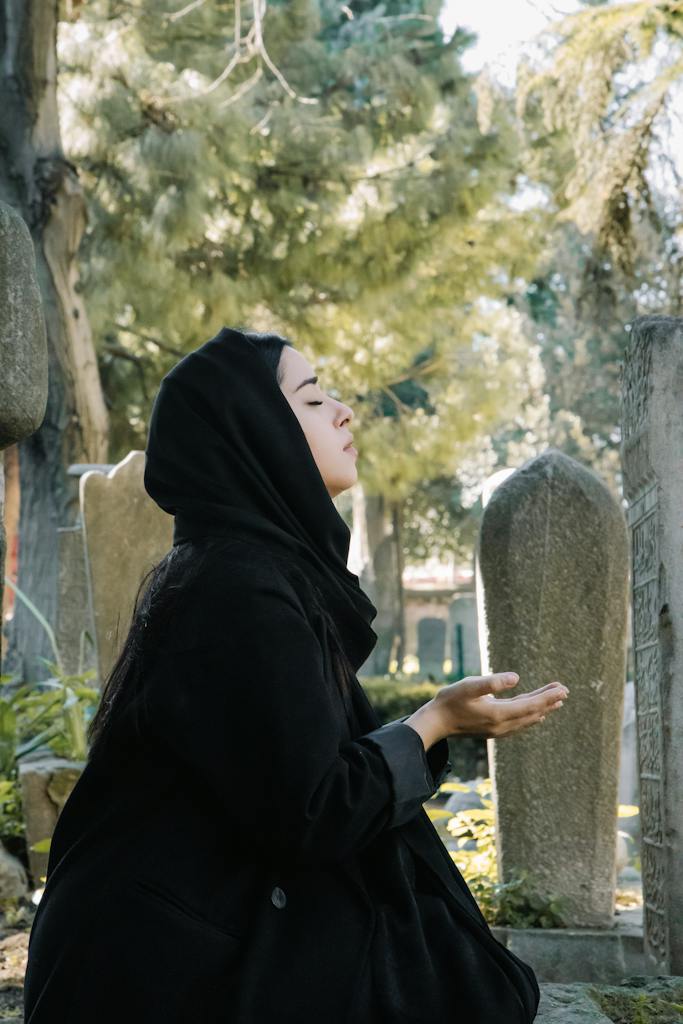
Origins of the Hail Mary Prayer
While the current form of the Hail Mary developed over many centuries, its beginnings trace back to Scripture and the early Church’s reflections upon Mary’s pivotal place in Christ’s incarnation.
By the 11th century, Christians were regularly reciting the opening lines of the prayer as a devout salutation to Mary. Around 1050 AD, the name “Hail Mary” became formally associated with this prayer.
Over the next few hundred years, various saints and theologians added petitions asking for Mary’s intercession, eventually resulting in the final clause “Holy Mary, Mother of God, pray for us sinners now and at the hour of our death.”
This wording was officially included in 1566 and the prayer was formally approved in 1568 by Pope Pius V.
Though initially controversial among some Protestant reformers, the Hail Mary remains a cornerstone prayer in the Rosary and daily devotions across the Catholic world today.
The Beauty and Meaning of the Text
When prayed slowly and carefully, the words of the Hail Mary shine with profound meaning and eloquent praise.
The first lines – “Hail Mary, full of grace, the Lord is with thee” – reflect Gabriel’s extraordinary greeting announcing Mary’s special calling and divine favor. To call Mary “full of grace” is to recognize that God has uniquely filled her soul with His presence and blessing.
This truth of Mary’s immaculate holiness paves the way for her supreme vocation of bearing the Son of God. The words also reveal Mary’s faith-filled fiat (or “yes”) in embracing her God-given role.
The prayer goes on to echo Elizabeth’s exclamation when Mary visited her during the Visitation: “Blessed are you among women, and blessed is the fruit of thy womb – Jesus.” These lines affirm that among all women, Mary is uniquely blessed for having been chosen as the mother of our Savior.
Rejoicing in Christ’s Incarnation
By repeating the Gospel passages recalling the Annunciation and Visitation, the Hail Mary effectively makes present once more that decisive moment of human history when God became man. Every time we pray this prayer, we spiritually re-enter the awe-inspiring Incarnation of God in Jesus Christ.
In doing so, we also profess our Creed and our Scripture in a simple yet theologically rich way. The prayer does not contain flattery or empty “Mariolatry” as some mistakenly believe. Rather, it summarizes the core truths about Mary’s identity only insofar as she relates to Jesus’ saving work as Savior and Redeemer.
Praising Mary to Praise Jesus More
A great preacher once said of Our Lady: “In venerating Mary, we honor Christ.” This maxim aptly captures Catholic devotion to Mary – honoring Christ’s mother is part and parcel of worshiping Jesus Himself. By praising the woman who bore the Son of God, we ultimately give greater glory, honor and praise to the Triune God.
Catholicism has always defended special veneration (hyperdulia) of Mary as the highest created being. Church Fathers as early as St. Cyril in the 5th century explained that Mary is not adored as divine, but honored “above all angels and saints” as Christ’s most perfectly redeemed creature. Therefore, as the Catechism (971) summarizes, veneration of Mary is intrinsic to Catholic worship: “She is inseparably linked to her Son’s saving work.”
One cannot fully contemplate the mystery of Jesus Christ come in the flesh without also praising His holy Mother through whom the Incarnation was accomplished. Honoring Mary for her singular grace and role in salvation history naturally leads the soul to praise and glorify God even more for the gift of His Son.
Asking Intercession from Our Spiritual Mother
The second half of the Hail Mary invokes Mary as advocate on behalf of all humanity: “Holy Mary, Mother of God, pray for us sinners now and at the hour of our death.”
Jesus gave His mother to the whole Church while dying on the Cross, when He instructed St. John: “Behold your mother” (John 19:27). Accordingly, we turn to Mary as our spiritual mother, seeking her powerful intercessory protection now and especially approaching death.
This plea for ongoing intercession flows naturally from Mary’s grace-filled role as Mother of God. Having cooperated in an utterly unique way in God’s plan of redemption, she retains a special power to obtain graces for us sinners through her motherly mediation.
Now gloriously reigning in Heaven, Mary brings the needs of earth before her divine Son. She is a “Spiritual Mother” (Mater spiritualis) according to Augustine’s beautiful phrase. And as with any mother, Mary desires intensely to aid her children spiritually.
For this reason, the Church has always encouraged members to seek Mary’s assistance. Honoring His mother’s unique sanctity, Jesus persists in acknowledging her petitions. Mary thus remains a channel of divine grace and blessings for all disciples of Jesus.
As the popular hymn closes: “O gentle, O loving, O sweet Virgin Mary!” May this brief reflection shed light on the profound beauty and meaning found in the simple yet extraordinary Hail Mary prayer. Our Lady of Grace, pray for us!

